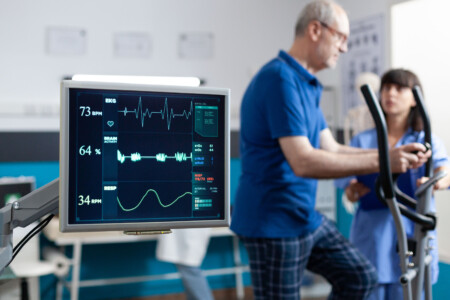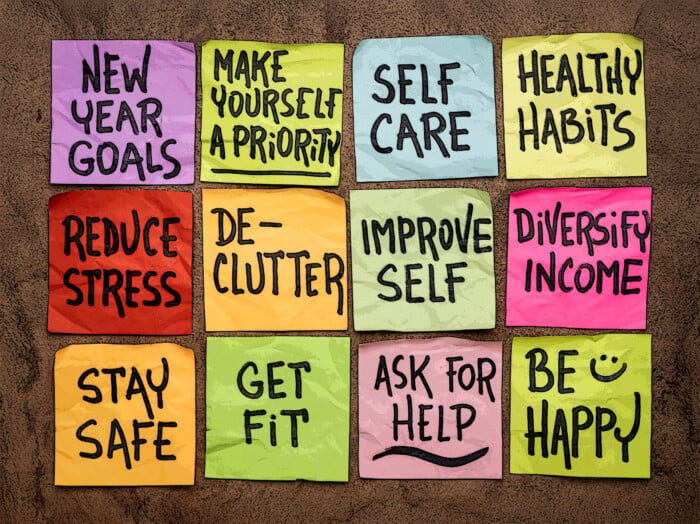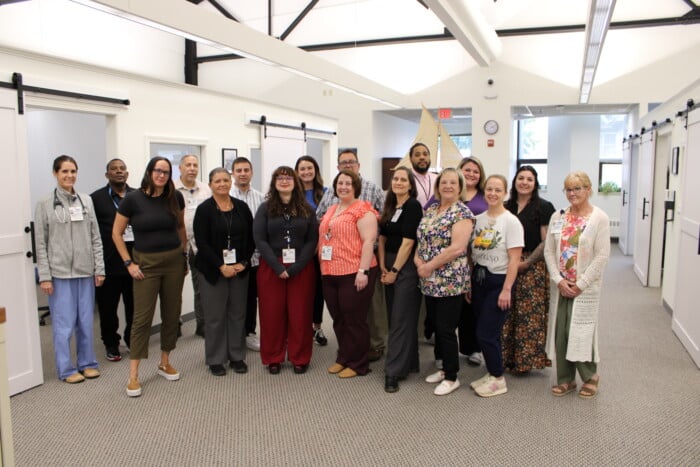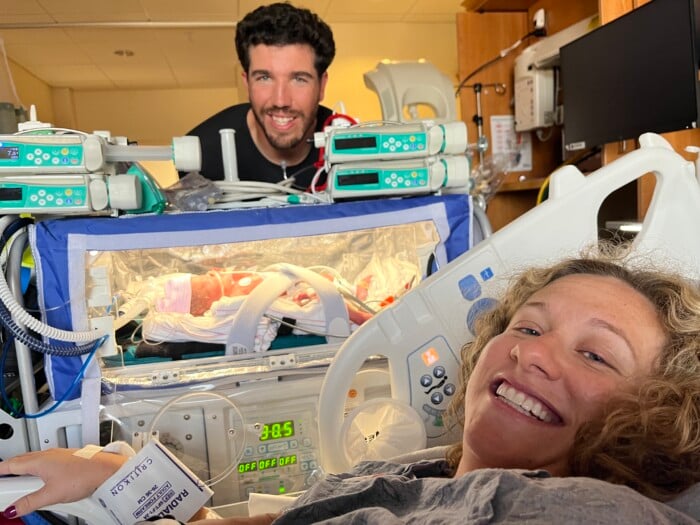Health: Listen to Your Heart
Recognize the symptoms of cardiovascular disease and take steps to lower your risk

Fluid retention might not be the first symptom that comes to mind when you think of heart disease. However, cardiovascular disease doesn’t always present as unbearable chest pain. That’s why men and women must pay
attention to underlying symptoms, such as fatigue, acid reflux or shortness of breath after exercise.
Even adults who report no family history and are otherwise healthy should pay attention to how they feel and get regularly seen by a health care provider. Dr. Peter Chien, a cardiologist at Cheshire Medical Center, part of the Dartmouth Health system, practiced internal medicine before becoming a board-certified cardiologist. He decided to pursue cardiology because most of the patients he saw who felt poorly were experiencing some kind of heart condition.
“At that time, I felt helpless that I couldn’t take care of these people myself — I had to rely on other people,” he says. “I decided to go into cardiology so I could take care of them myself. It’s satisfying, because ultimately, if you don’t take care of many of these cardiac conditions, they can be fatal.”
According to the 2024 Heart Disease and Stroke Statistics report by the American Heart Association, 48.6 percent of adults have some type of cardiovascular disease, including coronary heart disease, heart failure, stroke or hypertension (high blood pressure).
Cardiovascular disease remains the leading cause of death in the United States and the leading cause of death in New Hampshire, according to the Centers for Disease Control and Prevention.
Women and men experience different warning signs
 It’s not unusual to feel like you have to catch your breath after a stint of vigorous exercise, and many of us attribute it to being overweight or out of shape.
It’s not unusual to feel like you have to catch your breath after a stint of vigorous exercise, and many of us attribute it to being overweight or out of shape.
Chien says that shortness of breath is the most common sign that your heart isn’t working as efficiently as it should be. Nausea and headaches can also signal cardiac concerns.
Women most often exhibit different symptoms because heart disease tends to begin in the smaller blood vessels of the heart (microvascular disease) rather than the major coronary arteries. Dr. Vikas Veeranna, a board-certified cardiologist with a specialty in advanced cardiac imaging at Elliot Hospital, says that women overlook heart disease; they don’t recognize the symptoms.
“When we talk about the classic symptoms in men, we are talking about pain that comes to the left side of their chest or right behind their sternum, usually radiating to their shoulders, left shoulder, left arm, or radiating to their neck and jaw,” he says. “But these are less common in women. And that’s one of the reasons why women seek care for their heart issues less often.”
Other symptoms that may indicate your heart isn’t working optimally include an irregular heartbeat, fluid retention in your legs, and coughing or wheezing.
Understand your risk factors
Your age, weight, family history and lifestyle all play a role in your risk for heart disease. Women who have had complications during their pregnancy are also at a higher risk.
Maintaining a healthy diet of mostly fruits, vegetables and lean proteins can help keep your weight down. Simply getting up and moving for a half hour most days of the week can cut your risk, too.
“Sitting is the new smoking,” Veeranna says. “If someone tells me their job involves sitting in front of a computer for 12 hours a day, guess what? Their risk is probably equivalent to somebody who’s smoking.”
Reducing stress safeguards your heart both emotionally and physically. When you put yourself in stressful situations, your heart responds to that stress, your blood pressure rises, and over time, spikes in blood pressure negatively affect your heart function. Stress can also keep you from engaging in other healthy habits.
“When people are under chronic stress, they don’t sleep well, they don’t necessarily eat well, and they don’t exercise,” Chien says. “The lifestyle aspect is truly underrated in terms of primary (heart disease) prevention.”
Family history plays a significant role, and it’s one factor you can’t change. Having a parent or sibling who had a heart attack at a young age (before 45 for men or 55 for women) significantly increases your risk for heart disease.
Some people also have genetic factors that elevate proteins in their cholesterol. But unless you measure those proteins, you won’t know they are elevated and may not get the proper medications.
“I have a lot of patients who have coronary artery disease, and then I’ll measure their lipoprotein A level, which has never been measured, and it’s sky-high once in a while,” Chien says.
Getting screened

Elderly woman doctor appointment gets heart beat checked with stethoscope. Medical consultation for senior pensioner. Health care medicine system, physician treatment
Ideally, adults should receive annual, routine physicals, including blood tests measuring lipids, blood sugar, kidney function and cholesterol.
It’s also important to monitor your blood pressure. Optimal blood pressure for adults is less than 120/80. If it rises above 130/80, that can signal stage one hypertension, according to guidelines published by the American Heart Association.
By maintaining your blood pressure in the normal range, you can reduce your risk of heart attack and stroke. Even if you’re already on medication, it’s worth tracking.
“Often we see patients with high blood pressure that’s treated sub-optimally or not treated at all,” Chien says.
It’s also critical to check blood sugar levels, such as A1C, to ensure you aren’t at risk of developing diabetes, which is a major risk factor for cardiovascular disease. People with diabetes are two to four times more likely to develop heart disease compared to those without diabetes, according to the American Heart Association.
The numbers don’t always tell a complete story, even for people who report normal cholesterol levels. Normal total cholesterol is any number under 200. Individuals with an LDL (bad cholesterol) of less than 100 and an HDL (good cholesterol) higher than 40 for men or 50 for women are considered to have “optimal cholesterol.” While the ratios are important, the density of the cholesterol particles in your blood matters, too.
“Quantitative cholesterol doesn’t tell the whole story, it doesn’t tell you how dense your LDL cholesterol is versus how buoyant it is,” Chien says. “It’s also about the ratio. If you have a lot of HDL, it can actually help remove the bad (LDL) cholesterol from your arteries. The problem is, if that good cholesterol is really low, in many cases, that’s a strong risk for heart disease.”
Asymptomatic healthy people who may be concerned about developing heart disease due to family history can take a test that scores their coronary artery calcium. This noninvasive, non-contrast scan looks at your coronary arteries to determine how much calcified cholesterol plaque you have in your heart arteries.
Calcium buildup can narrow your arteries and reduce blood flow to the heart. A coronary calcium scan may show coronary artery disease before you have symptoms. A major reason why most people don’t undergo this test as part of an annual physical is because it’s not covered by insurance, Chien says.
“It doesn’t tell you how large the plaques are, but tells you how much you have,” he says. “That number can give you prognostic data about your risk long-term.”
The American College of Cardiology and the American Heart Association developed an online risk assessment tool that assesses your ASCVD (atherosclerotic cardiovascular disease) risk score over the next 10 years and over your lifetime. The tool can help you assess your risk so you can make lifestyle modifications that help reduce it.
“Based on your gender, age, cholesterol, blood pressure and smoking history, we plug those in and sort of get a risk estimate of what your risk is for having heart attack or stroke,” Veeranna says. “It not only looks at your risk over the next 10 years, but over your lifetime, and gives us an important idea that how aggressive we need to be.”
For people who get results that indicate a higher risk, medication, regular exercise and a healthy diet can go a long way toward preventing a heart attack or a stroke, Veeranna says.
“As we age, our risk increases. There is no way of dialing back that clock,” he says. “So how we manage everything else is going to define how well we can prevent something from happening.













